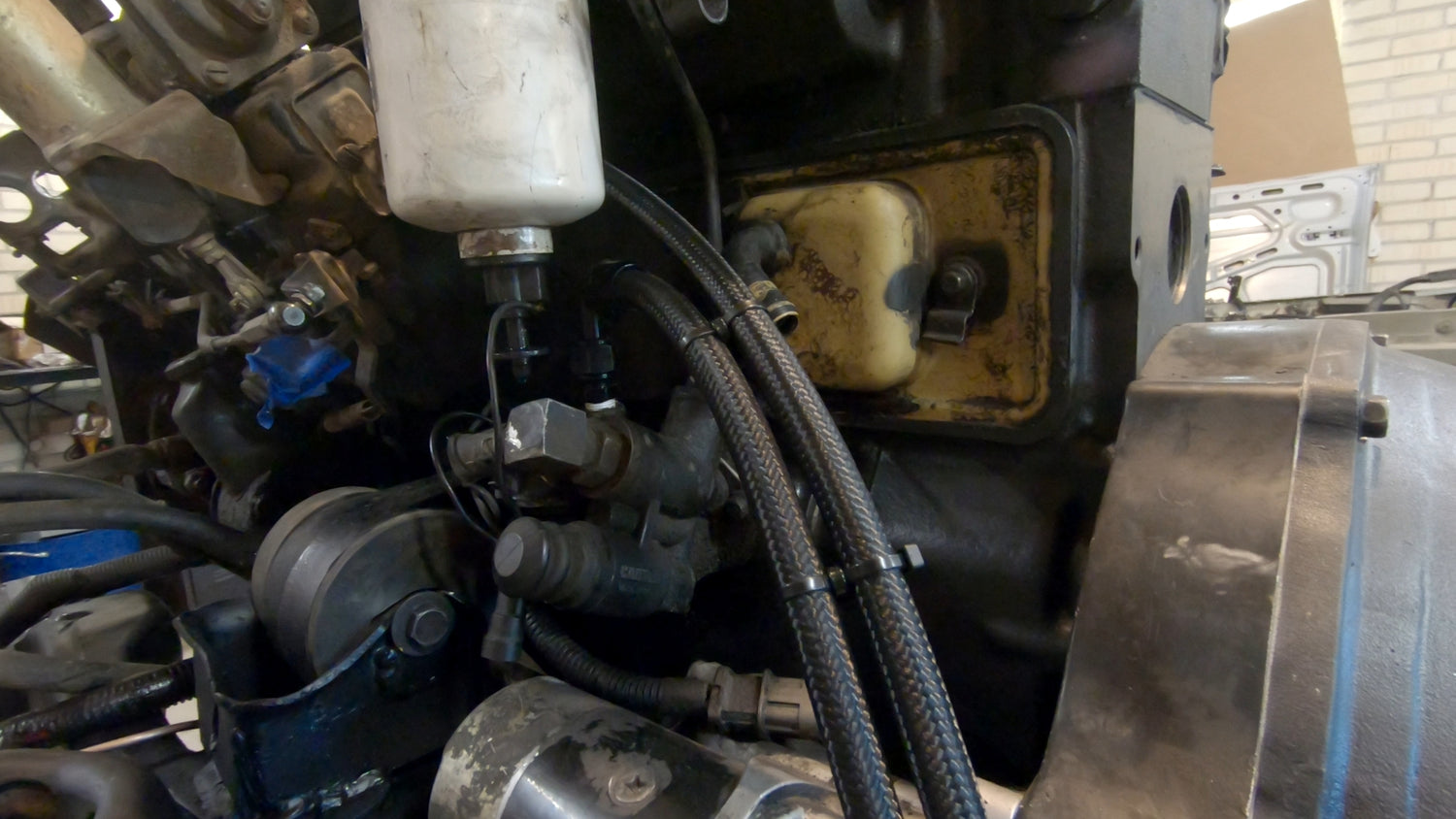
How To Swap to an AN Fuel System in Your Cummins!
Swap your 12 valve Cummins to AN fuel lines! AN fittings are more universal and can provide more power to your PPump Cummins on your ram 2500 or diesel swap. This fuel system can be done for less than $200 and if you're modifying your fuel system anyways then in my opinion it is worth doing!
-

PTFE Lined AN Fitting
-
What are AN Fuel Lines?
AN stands for Army-Navy and is a standard for hoses and fittings. The fittings use a 37 degree flair and are specified by their dash number, for example AN-6 or AN-8.
The dash number refers to the outside diameter (OD) of the hose. To get the OD of the hose in inches divide the dash number by 16. For example AN-8 is 8/16" AKA 1/2", and AN-6 is 6/16" AKA 3/8".
Note that there are different varients of hose material you can get depending on your pressure and chemical compatibility needs. For example CPE rubber hose works well for oil, gas, and diesel. However if you want to run ethanol or biodiesel then a PTFE (teflon) liner is recommended.
NOTE: in general CPE and PTFE hose fittings are NOT compatible since the inside diameter is different!
-
What Size do I need?
There are two factors to consider, first is how much horsepower do you want, and second how much pressure loss will you have in your lines. Remember that a small step up in diameter has a big improvement in flow. For example, going from AN-6 to AN-8 increases flow by almost 70%! If you have a lot of fittings, bends, and long runs consider stepping up 1 size to make up for pressure losses in your tubing. If you are using an electronic aftermarket lift pump, check with your lift pump manufacturer to see what size they recommend.
Fuel Line Size Rules of thumb for a Cummins:Stock horsepower: AN-6
Less than 500 HP: AN-8
Over 500 HP: AN-10
Note: These are feed line sizes. The return line can generally be 1 size smaller if desired.
Keep in mind different fuels may take different sized lines. For example these rules of thumb would probably also work for a gas engine, but for an engine running on ethanol/methanol they require much more fuel and should be sized up accordingly! -

Rubber Lined AN Hose and Fitting Kit
Amazon LinkHere is what I purchased for my swap. This kit comes with hoses and fittings and should work well with diesel fuel up to 500 HP.
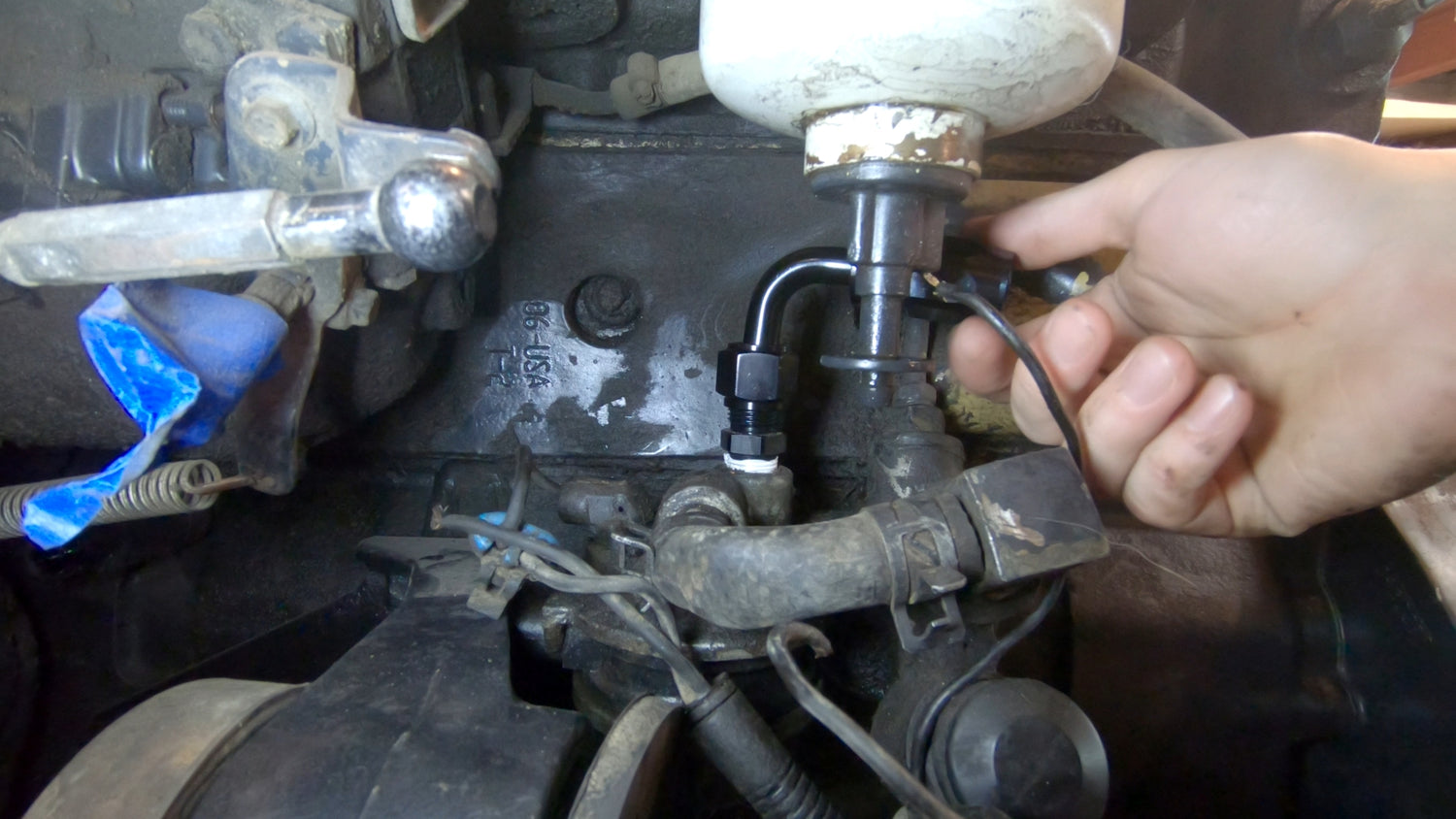
Get Fuel INTO Your Cummins
To feed the P-Pump, first you need to get fuel into your lift pump. On my 12 valve cummins out of a 1994 Dodge Ram 2500, the fuel fitting on the lift pump is 3/8"-18 NPT thread.
Remember that NPT thread is tapered! This means first, don't overtighten them! Finger tighten them and then add 2-3 turns for fittings less than an inch in diameter.
Second, they require a sealant. Liquid pipe dope rated for diesel is recommended for diesel fuel systems since PTFE thread tape can dissolve in diesel which can damage your fuel system. Note that I realized this after taking this picture and had to go back and fix it after the fact.
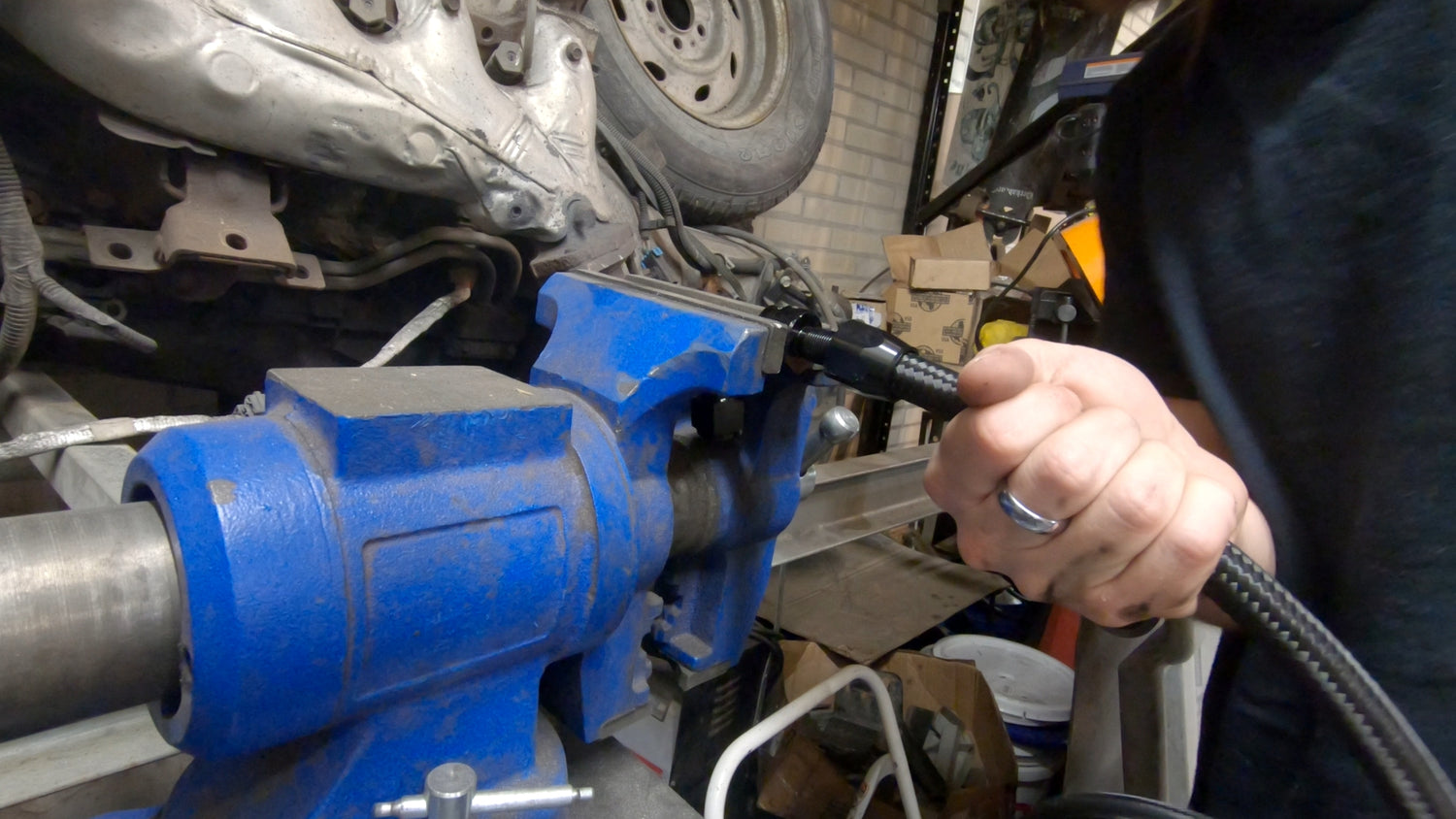
Assembling AN Hose
To assemble your braided hose into your fitting do the following:
- Push the hose into the braided nut. Ensure you don't have loose braiding that may get stuck in the hose and cause a leak.
- Add a small amount of oil to the male portion of the fitting and then push the hose plus nut combo onto the fitting.
- Twist the nut until hand tight, and then add a couple turns. If you don't want to scratch the fitting consider using aluminum wrenches. Don't overtighten! These fittings aren't like NPT, they seal on a flare not via an interference fit.
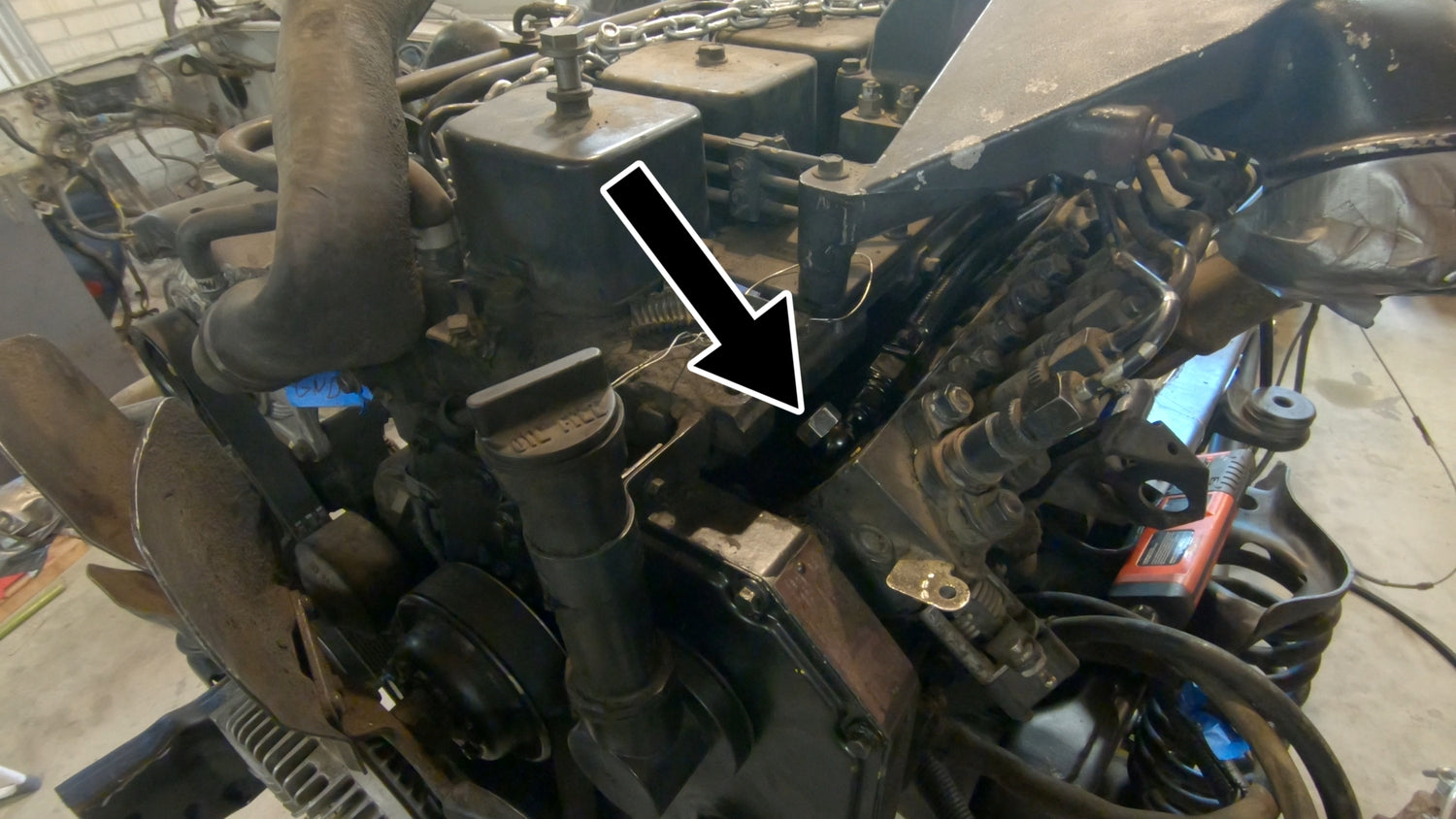
Returning Fuel to the Tank
The return line uses a banjo bolt, so this one took a pretty unique adapter. A banjo bolt is like a normal bolt, but with holes in it so that fluid can flow through the bolt. The return line fitting on a PPump is an M14 banjo bolt.
Note, the banjo bolt also contains an overflow valve which sets the pressure on the lift pump circuit. Any more pressure than this valve is set for and fuel flows back to the tank.
-
M14 Banjo Adapter
Amazon Link -
AN-6 to AN-8 Adapter
Amazon Link
How to Mount Your Fuel Lines
At this point you'll start running the fuel lines themselves and need a way to connect the lines to the frame of your vehicle.
In my case I chose to use "double line clamps". Keep in mind that the clamp size may not line up with dash size. For example my AN-8 (1/2" OD) line actually needed a 3/4" ID clamp.
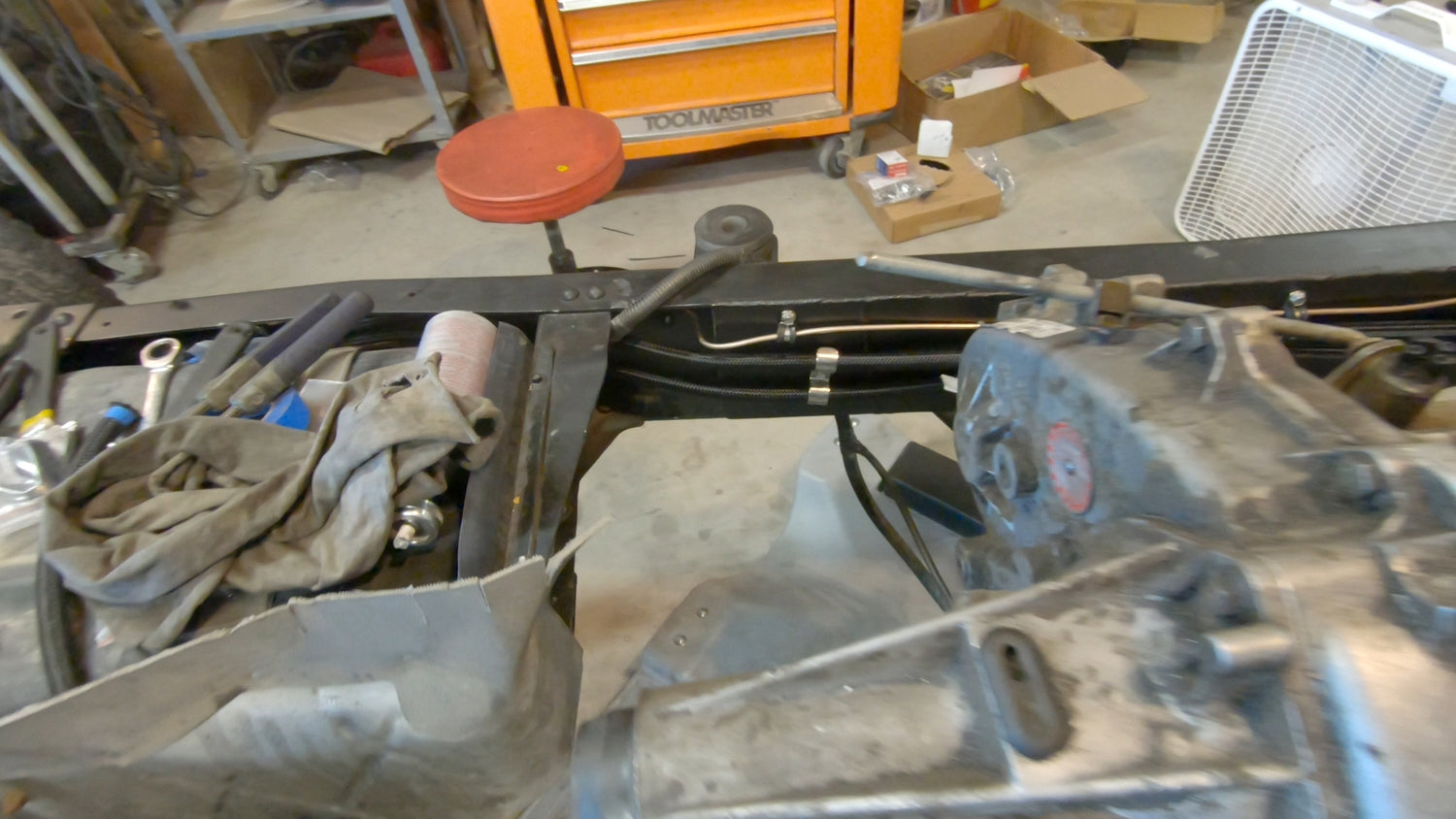
The double line clamps are held onto the frame with self tapping 1/4"-20 bolts.
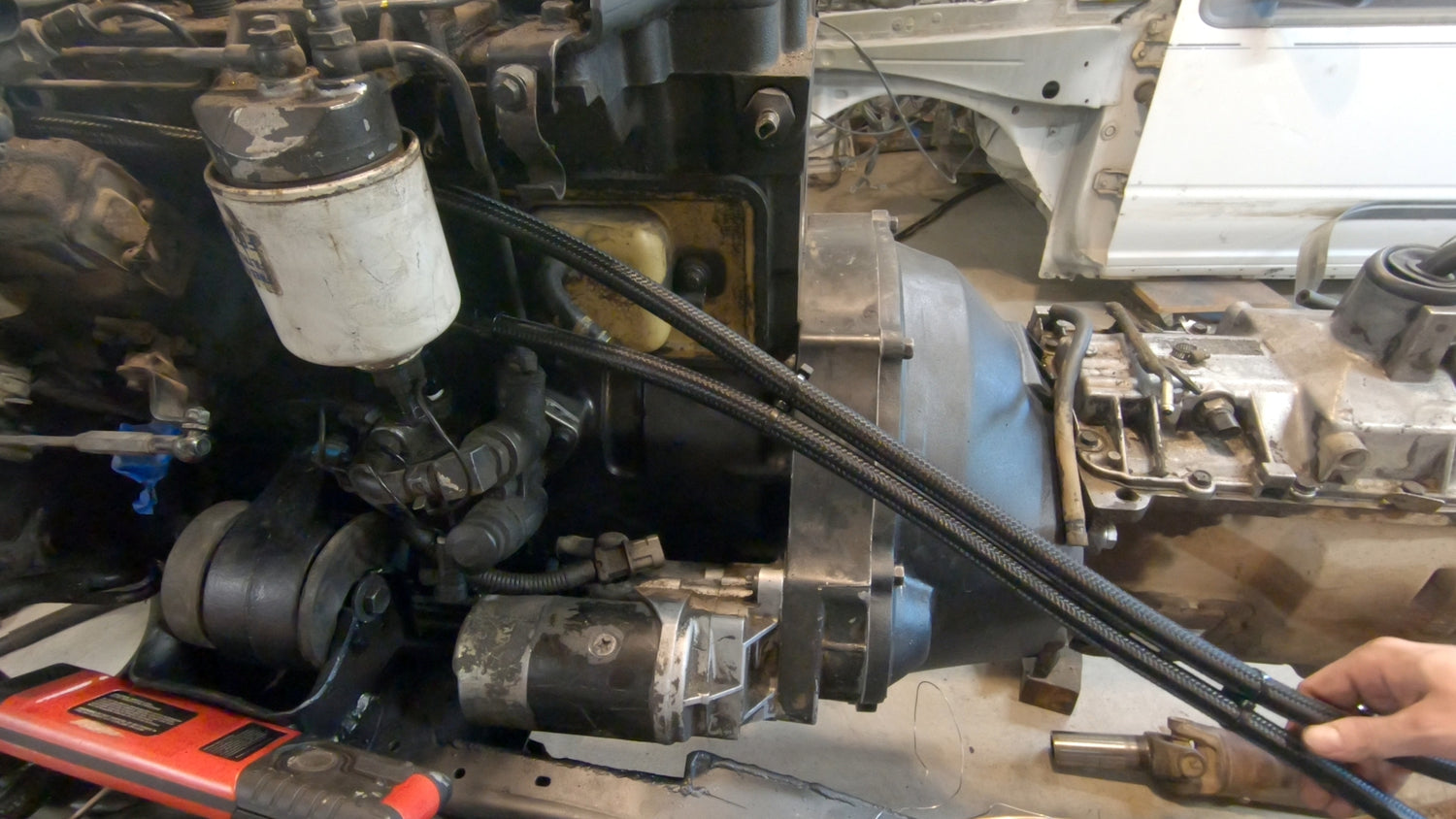
You can use a zip tie around the 2 lines, with another zip tie between the two lines in order to keep the lines tidy between clamps while preventing rubbing and chafing between the lines.
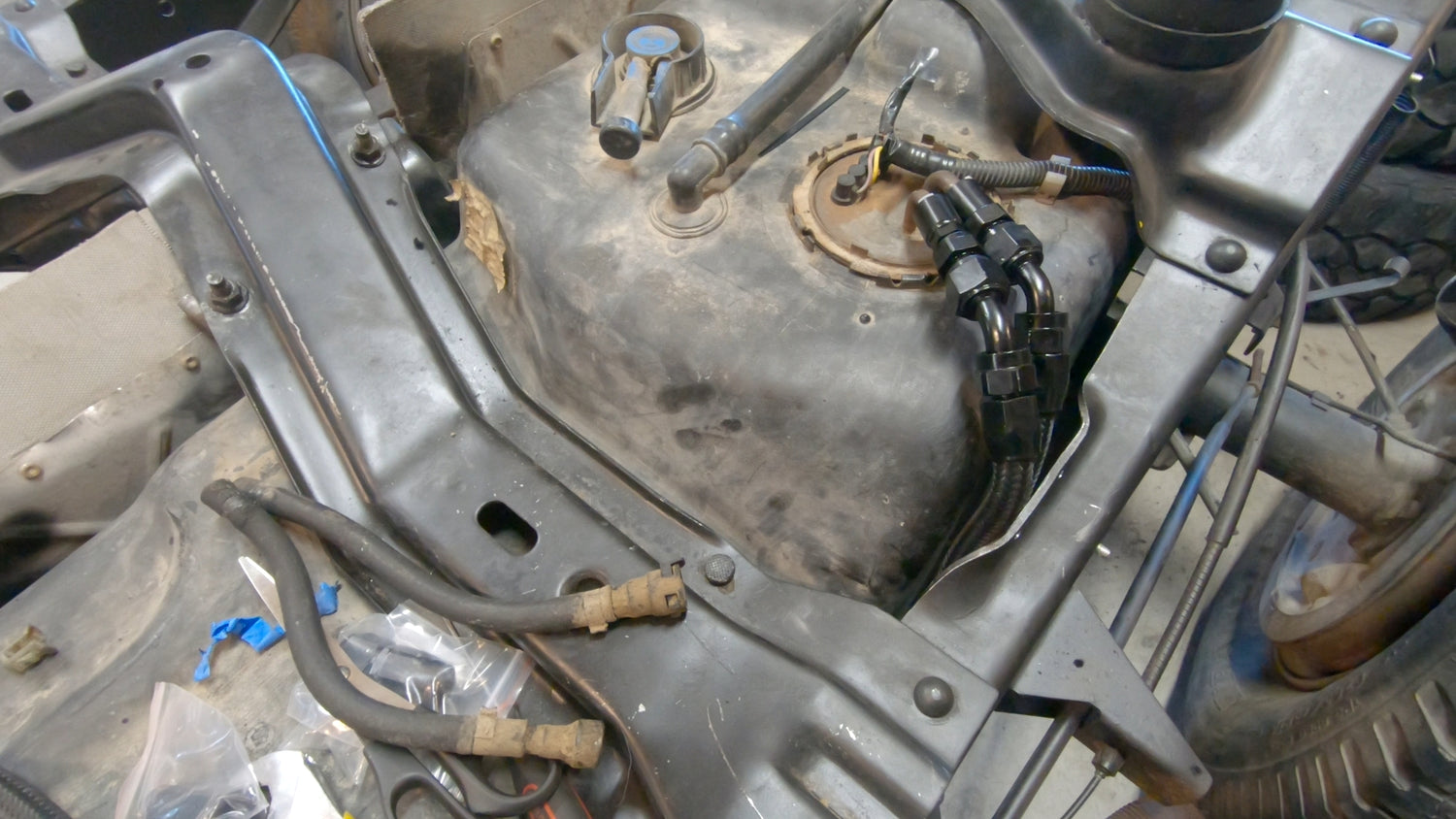
Connecting to the Fuel Tank
My build was swapping a Cummins 6BT into a Ford Explorer (yes you read that right, you can take a look at my youtube channel if you want to see this ridiculous build). This means I needed to connect these to a Ford fuel tank. Typically fuel tanks use SAE Quick Disconnect (QD) fittings. These fittings seal via an O-ring, and stay together with a plastic clip. For my Explorer the SAE QD's I needed were 3/8" for the feed, and 5/16" for the feed.
You can measure the outside diameter of the male portion of the fitting to figure out which size you need for your build.
Let it Rip! (almost)
With the fuel system fully connected, now you just need to prime the system. Note: before you do this you may want to replace the fuel filter and clean out the lift pump strainer while the systems still dry.
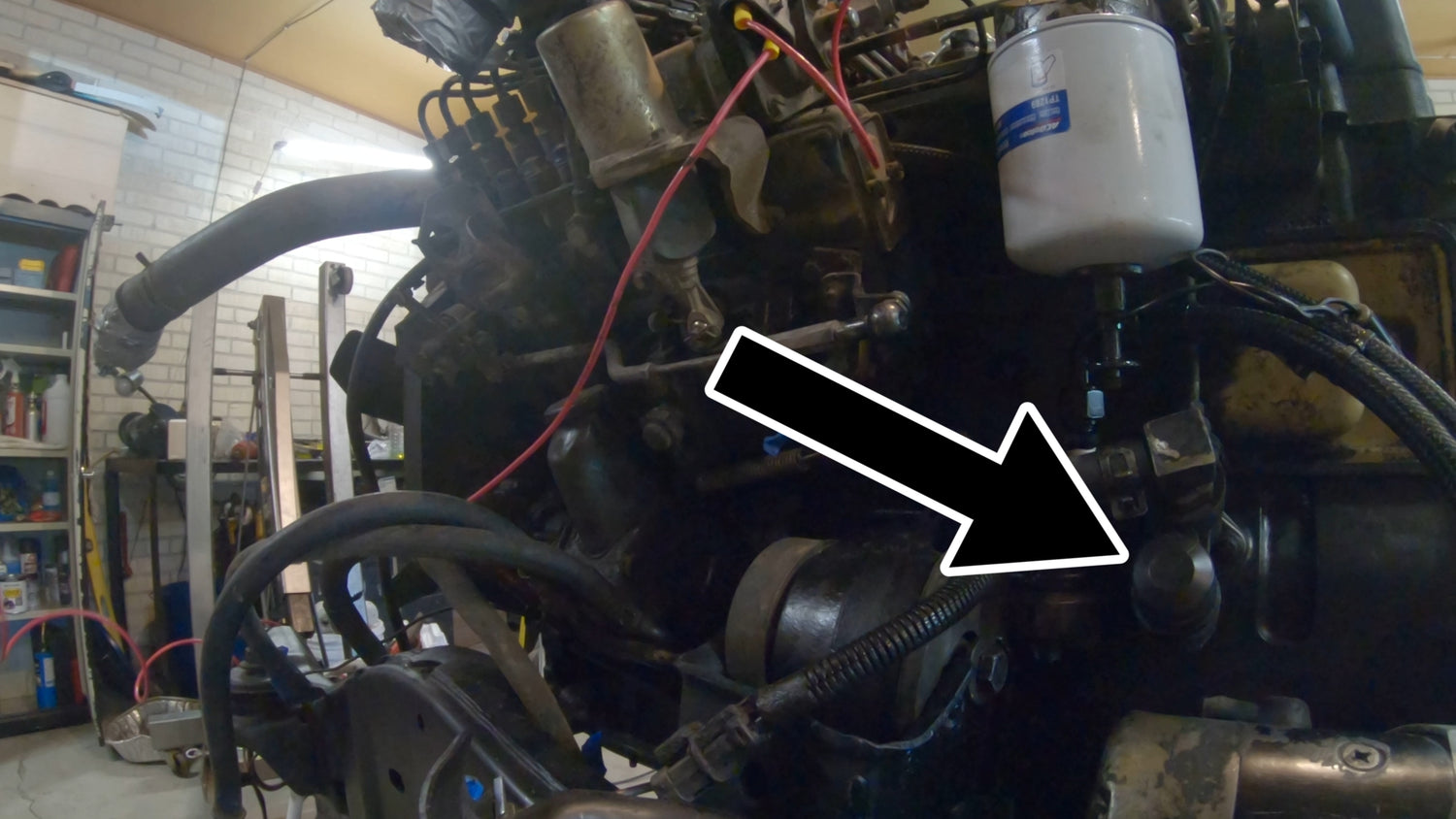
To prime the system simply press on the lift pump knob repeatedly until you no longer hear air squeeling through the overflow. This is a good time to check for leaks!
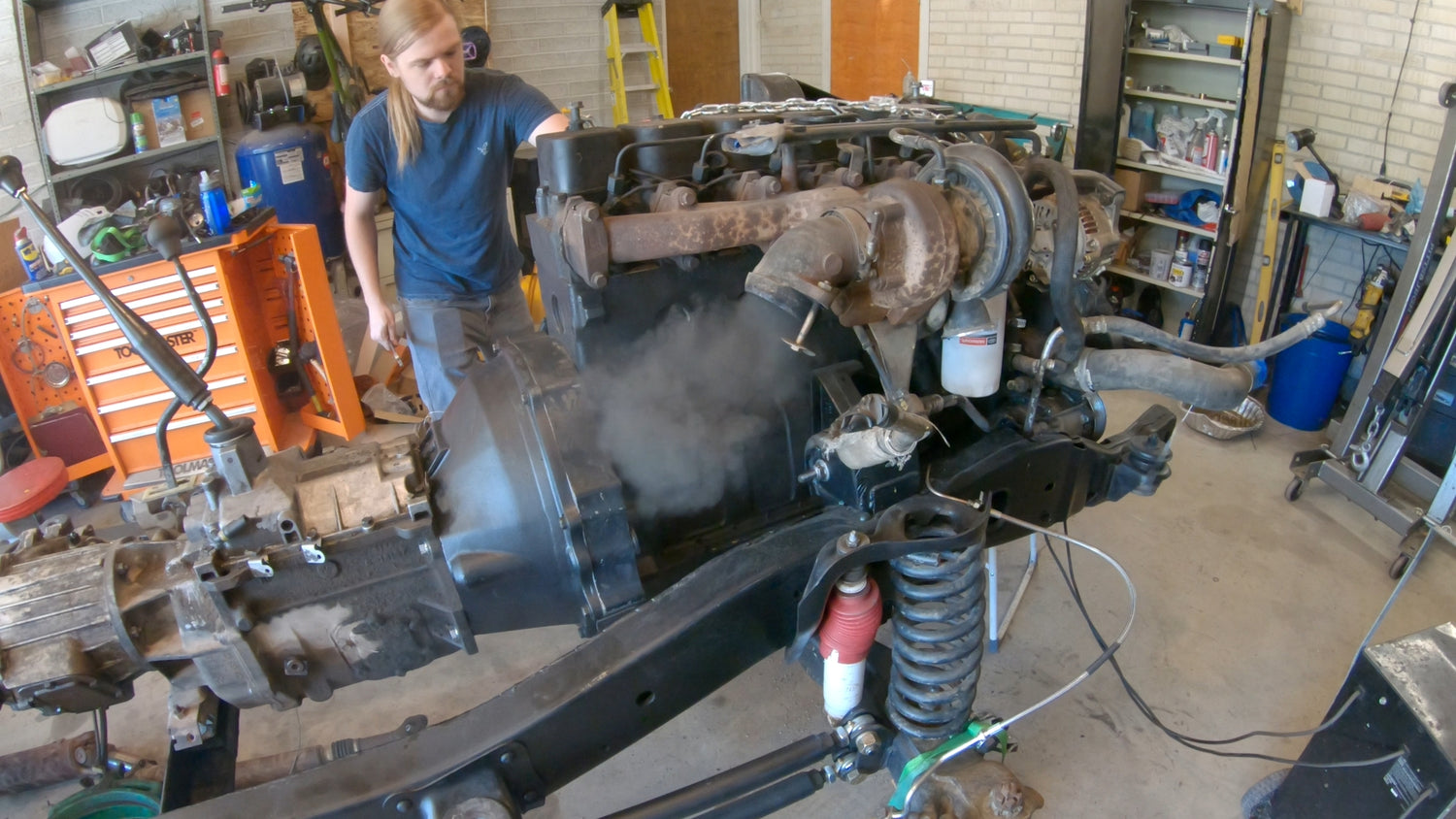
If everything went right then hopefully when you crank it you get some black smoke followed by that diesel clatter we all know and love!
Amazon Disclaimer
For any products purchased using the amazon links on this website, as an amazon affiliate I recieve a small portion of proceeds. Thank you for helping support this content.



1 comment
Love how you mention the banjo bolt having a check valve but give no info on what to do with it since we’re replacing the banjo bolt. Good job